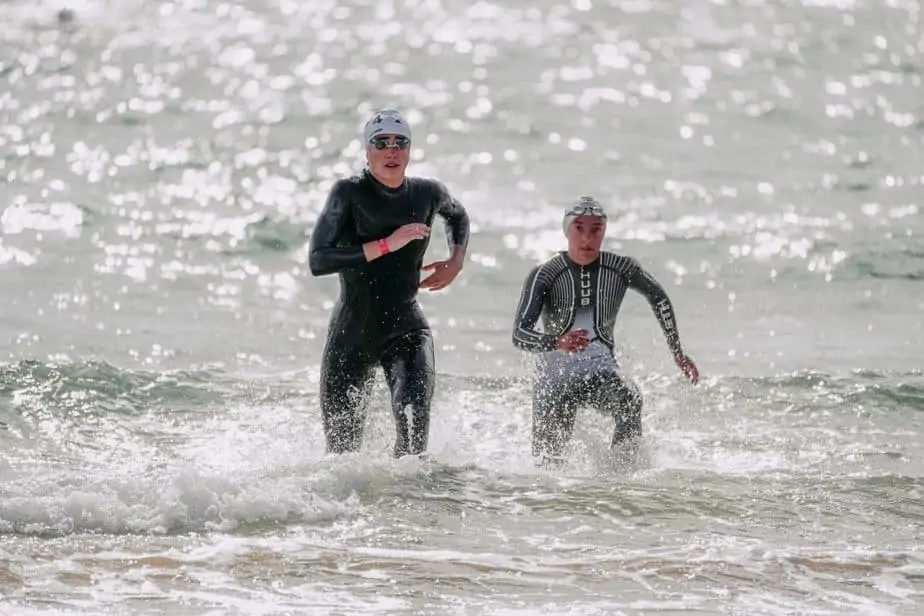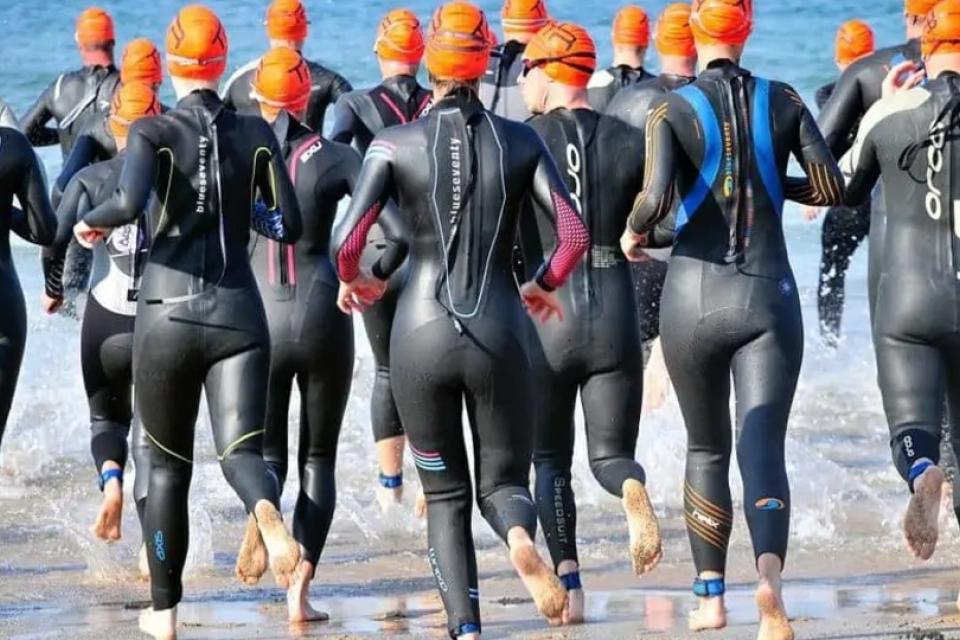Wetsuits are an essential piece of equipment when it comes to open water swimming and triathlons. Unless you are a hardened cold-water swimmer and prefer to swim in “skins” (just a costume), a good swim wetsuit can make or break your swim.
The primary purposes of a swim wetsuit are to keep you warm and help you to stay comfortable throughout your swim and help prevent hypothermia. Wetsuits also offer some physical protection against cuts and scratches when swimming in natural water environments such as rivers, lakes, and the ocean. And lastly, they also make you slightly more buoyant in the water, which can help you to swim faster.
Choosing the Best Swim Wetsuit
Wetsuits designed for open water swimming are vastly different from traditional surfing or diving wetsuits. Open water swim wetsuits are specifically designed for comfort and performance with a focus on flexibility, compression, and buoyancy.
There is a wide range of swim wetsuits for all levels of open water swimming and triathlons from basic training suits to high-end competition suits.
What to Look for When Buying a Swim Wetsuit
1. Buoyancy
The buoyancy of a wetsuit comes from the type and thickness of the rubber from which the suit is made. When it comes to deciding on the thickness of a wetsuit for open water swimming, avoid suits with thicknesses over 5mm as these can be too buoyant and quite bulky in the water. If you are planning on taking part in competitive triathlons, Ironman and USA-Triathlon limits racing wet-suits to 5mm and below.

Buoyancy plays a vital role in the efficacy of the wetsuit.
2. Shoulder mobility
One of the most important aspects of a swimming wetsuit is shoulder mobility. Even though wetsuits are quite constrictive, you want a free range of motion around your shoulders and arms and your wetsuit should cater for this. Most open water and triathlon wetsuits are designed to provide good shoulder mobility with thinner and more flexible material around the shoulder joints.

Open water and triathlon wetsuits are designed to provide good shoulder mobility.
3. Easy to put on/take off
This aspect is particularly important for triathletes as you want to be able to slip your wetsuit off quickly during your transition after the swim. Look for a wetsuit with quick zip “transition panels” on the back and ankles which will help you have a quick change.

A good wetsuit should be easy to put on and take off.
4. Design
The cut and design of the wetsuit is also an important factor to consider when buying a swim wetsuit. There are several styles of swimming wetsuits from full suits with long sleeve arms and legs to “Long-John” style suits with full legs and no sleeves.
You can also get wetsuits with short sleeves and legs (known as “shorties”) and neoprene shorts that mimic the buoyancy of a full-body wet-suit. If you can afford it, it’s a good idea to have both a long and short option for different open water environments and temperatures.

The cut and design of the wetsuit is also an important factor.
Best Swim Wetsuits for Training and Racing in Cold and Warm Water
There are a plethora of wetsuits on the market for open water swimming with a wide range of features and state-of-the-art technology to enhance agility and speed in the water. From long-sleeve options with multi-textile construction to sleeveless wetsuits with super-insulation for use in cold water, here are some of the best swim wetsuits around for open water swimming and triathlons.













